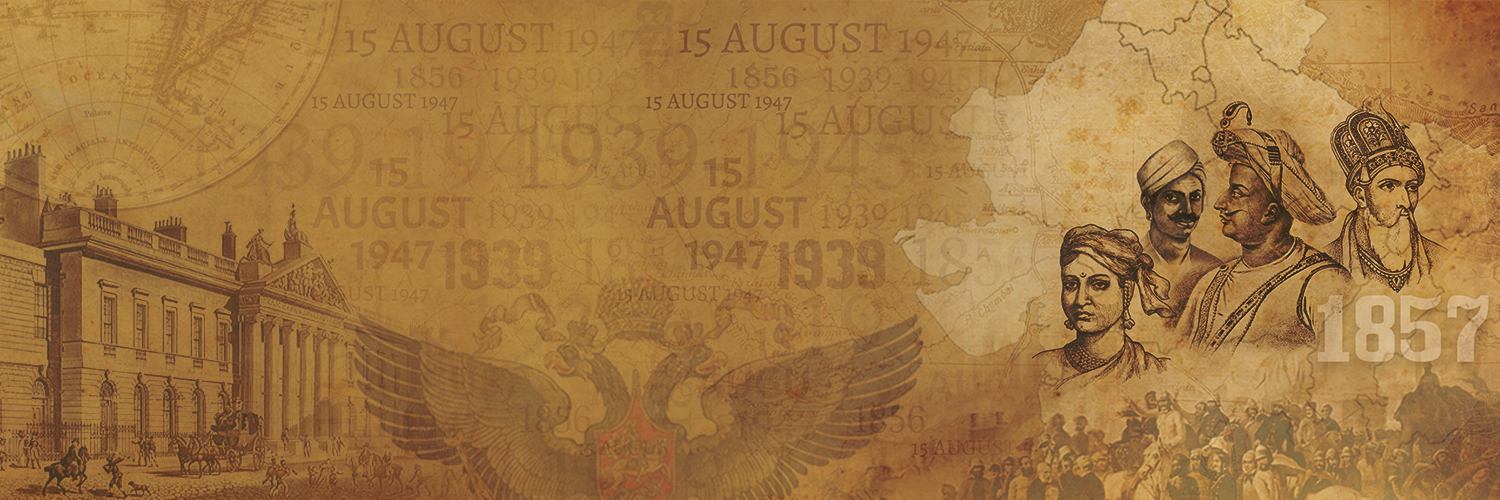Emerging from the Shadow of China:
- The modern countries of Vietnam, Laos and Cambodia constitute Indo-China.
- Many different groups of people lived in this area under the powerful Chinese empire.
- An independent country constituting northern and central Vietnam was established.
Colonial Domination and Resistance:
- When Vietnam was colonised by the French, the people of the country ran into conflict with the colonisers in all areas of life.
- French troops invaded Vietnam in 1858.
- Subsequently, in 1887, French Indo-China was formed.
Why the French thought Colonies Necessary:
- Colonies were considered essential to supply essential goods like natural resources.
- Like other colonial powers, France too considered it their mission to bring the benefits of civilisation to backward people.
Should Colonies be developed?
- Writers like Paul Bernard strongly believed that the economy of the colonies needed to be developed.
- On the contrary to what Bernard suggested, in the rural areas landlordism spread and the standard of living declined.
